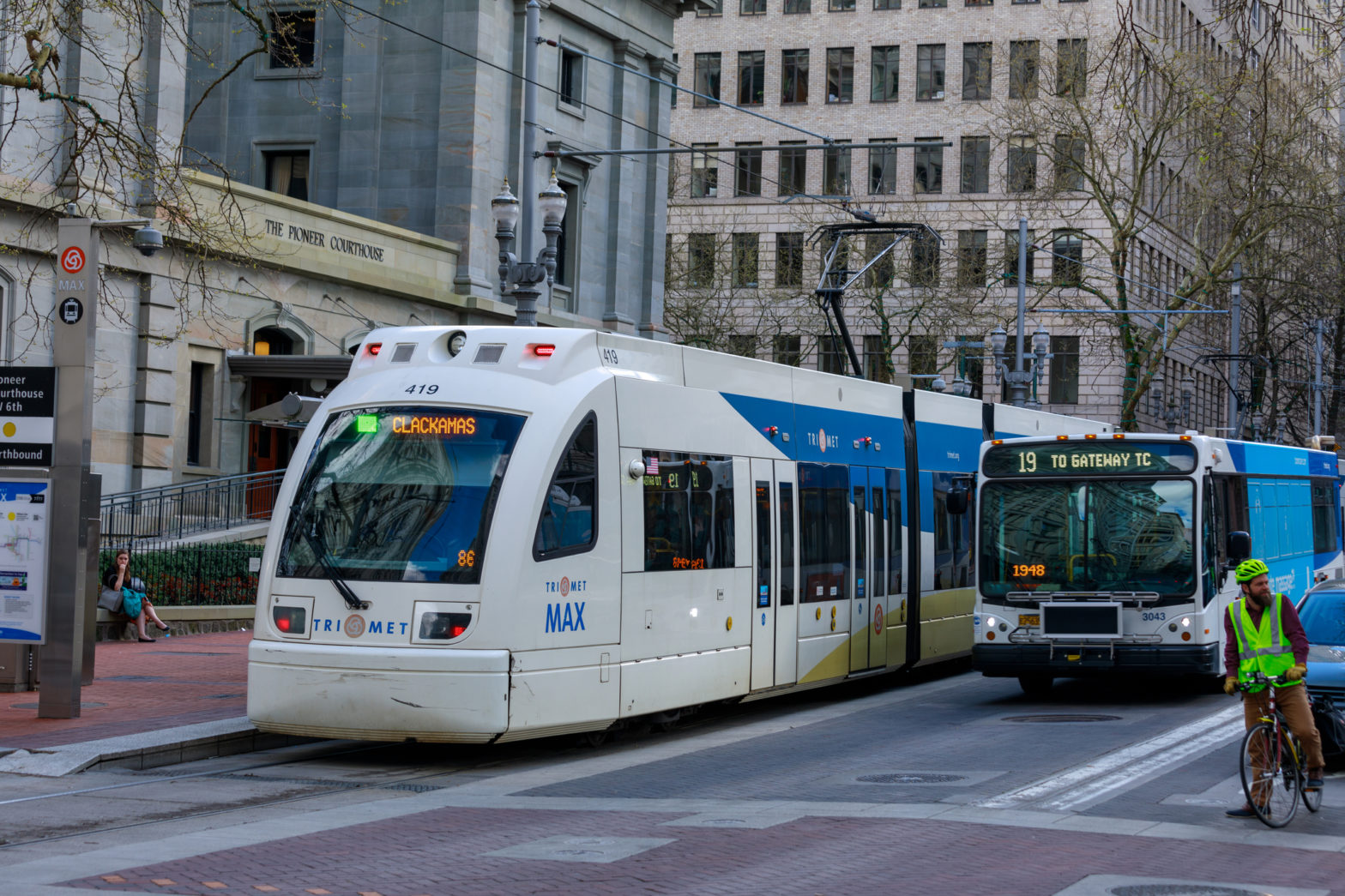
US transit ridership rebounds to 85 percent
22 May 2025
by William Thorpe
Public transit ridership in the United States has reached 85 percent of pre-pandemic levels, according to new data released by the American Public Transportation Association (APTA).
But the recovery is not just about numbers. APTA President and CEO Paul Skoutelas says it reflects a fundamental shift in how people are using public transport and how agencies are evolving in response.
“Our research identified several effective strategies that are helping transit agencies bring riders back,” Skoutelas told Cities Today. “Successful agencies are maintaining strong communication with the public–using real-time updates, social media, and customer feedback to stay connected with riders. Many have realigned routes and schedules to better serve essential and hourly workers, especially during late-night and early-morning hours.”
Smaller cities lead the way on ridership recovery
While larger metro areas still face challenges in regaining traditional commuter ridership, smaller cities are rebounding faster. Skoutelas attributed this to both demographic and operational differences.

“Our research found that smaller cities tend to have a higher share of essential workers–like those in healthcare and food service–whose jobs require in-person attendance. They’ve also seen more people return to offices and are less reliant on traditional office commuters, which has helped them adapt more easily to shifting travel patterns,” he said. “Larger cities can take note by focusing more on non-commute trips, improving service reliability, and engaging directly with communities to strengthen the value of public transit.”
Public transit’s role beyond the commute
Changing travel patterns are also prompting agencies to reassess what public transit is for.
“Our data shows public transit is playing a more diverse role beyond the traditional commute,” Skoutelas noted. “Ridership recovery is being driven by trips to residential and commercial areas, not just office centres. Bus riders, in particular, often work in restaurants and other late-night industries, which helps explain why bus ridership has rebounded to 86 percent of pre-pandemic levels–compared to 72 percent for rail.”
Tech, training, and fleet overhauls underpin sustainable growth
Agencies are also pursuing long-term sustainability and equity goals while managing tight financial and workforce constraints.
“Public transit agencies are navigating limited budgets by embracing technology, diversifying funding sources, and forming strong private-sector partnerships,” Skoutelas said. “Fleet upgrades are well underway–diesel buses now make up just 43 percent of the fleet, down from 95 percent in 1995, with more agencies adopting hybrid and natural gas vehicles.”
Workforce investment is another area of focus. “Transit agencies are investing in their workforce by expanding training programs, strengthening recruitment pipelines, and offering competitive benefits to attract and retain skilled operators and technicians,” he said.
Federal funding crucial to future momentum
Federal funding remains essential to maintain this trajectory. “Federal investment in public transit delivers a powerful return—every US$1 yields US$5 in economic benefit,” Skoutelas explained. “Each US$1 billion supports 50,000 jobs and generates US$382 million in tax revenue.”
“To keep making progress, we need continued federal support for capital and operations, especially as COVID-era relief winds down,” he added. “Without it, we risk slowing the shift to zero-emission vehicles, delaying infrastructure projects, cutting service, and falling behind on changing travel needs.”
Image: Yooran Park | Dreamstime.com







